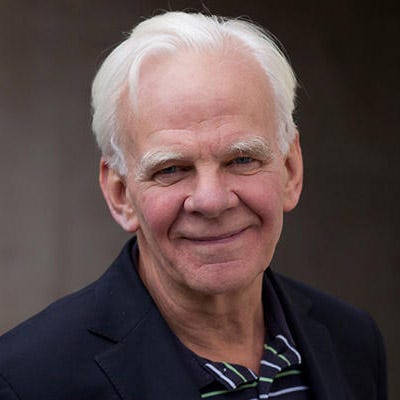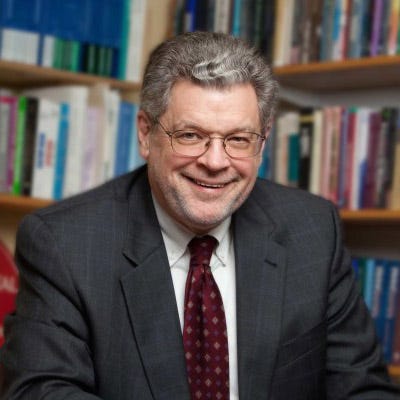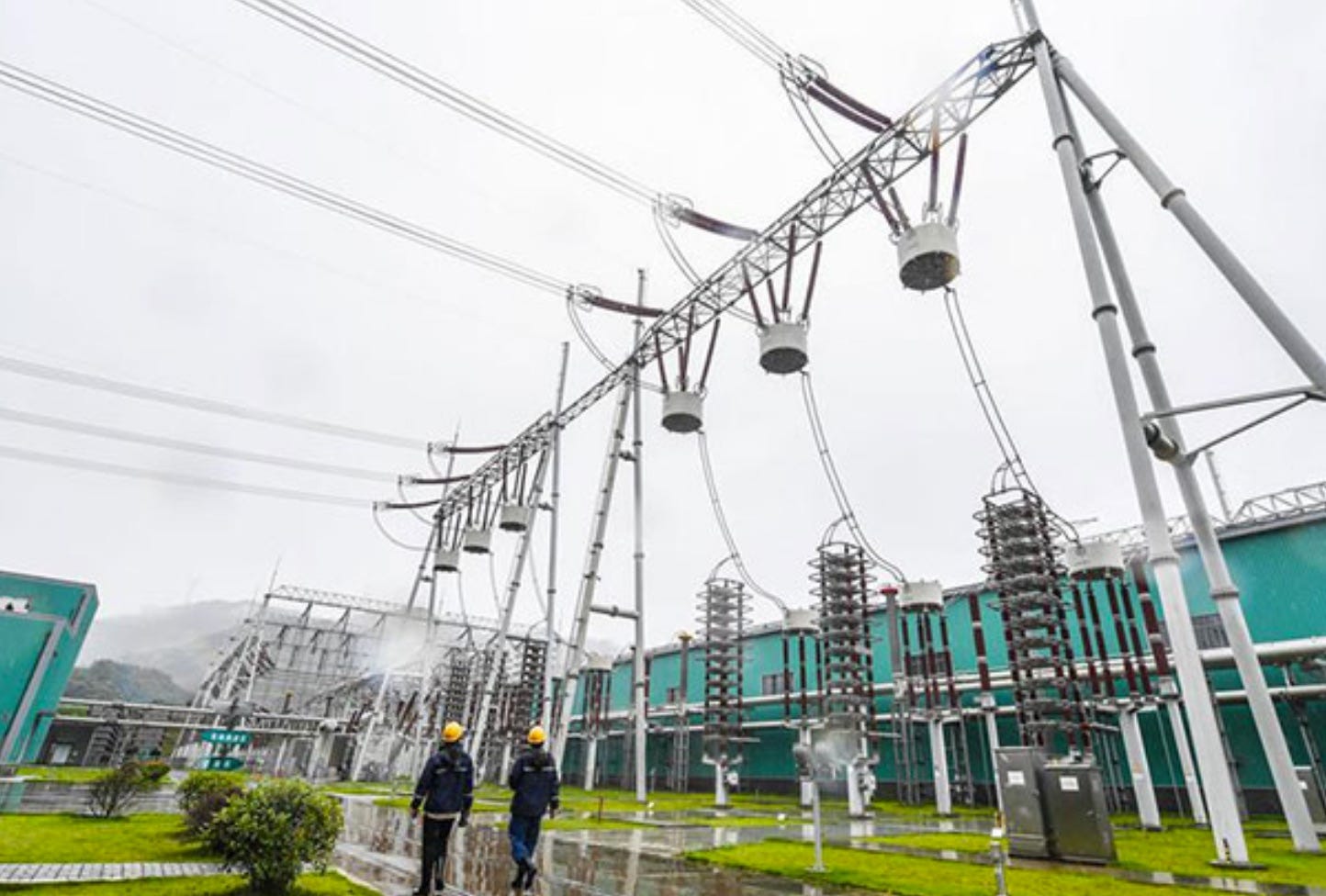 By Jonathan Mingle
By Jonathan Mingle
Imagine flipping a switch and lighting your home with hydropower from southern Brazil, solar power from the Sahara Desert, or wind power from the High Arctic. If Liu Zhenya’s plan comes to fruition, sourcing clean energy from the farthest reaches of the globe could become just that routine for billions of electricity users by 2050.
Liu is the chairman of the Beijing-based Global Energy Interconnection Development and Cooperation Organization (GEIDCO), which aims to spearhead the construction of a highly efficient, worldwide electricity system. GEIDCO’s mission is to promote linking and upgrading existing regional grids into a planet-spanning super-grid, using ultra-high voltage (UHV) transmission lines that can efficiently transmit large amounts of power over long distances, with minimal line losses and a reduced land footprint.
Liu shared GEIDCO’s bold vision — both why it’s needed and how to implement it — in a lecture on April 17 titled “The Art of Energy Revolution: From Ultra High Voltage Power Grids to Global Energy Interconnection”, co-sponsored by the Harvard-China Project, the East Asian Legal Studies Program, and the Harvard Global Institute.

To an audience of over 200 people at Harvard Law School, he explained that the primary motivation for building the Global Energy Interconnection (GEI) is to bring new renewable energy capacity online and make it available on demand to power-hungry parts of the world — and thereby help wean humanity off of fossil fuels.
And we know how to do it, he argued. Liu described the efforts he led, as the former CEO and president of State Grid Corporation of China (the world’s largest utility), to test and build the world’s first UHV transmission systems. “We have solved the problem of supplying electricity to 1.4 billion people,” Liu said, by using UHV transmission to bring power from abundant sources in western China to the densely populated cities of the eastern coast. Today, China boasts 21 UHV projects spanning a total of 37,000 kilometers, and Liu and his colleagues intend to apply their lessons from developing them on a global scale.
By any measure, this super-grid would be an immense undertaking. The GEIDCO plan involves building nine latitudinal and nine longitudinal lines, linking every continent on Earth except Antarctica. “Like a river with many tributaries, it will connect over 100 countries and 80 percent of the global population, with a total length of 180,000 kilometers,” Liu said.

A mapped prototype of the proposed global electricity grid.
The benefits could be immense, as well. The GEI would improve reliability and, he predicted, even ultimately reduce the average cost of electricity. Most importantly, interconnecting grids and power sources over larger distances can facilitate greater penetration of renewable power — smoothing out the inevitable geographic and temporal variability in solar and wind power production by balancing supply with distant loads. The GEI could thus turn the 12-hour time difference between New York and Beijing into an advantage, sending power in one direction or the other as those cities’ demand peaks at different times.
“It is a radical solution for overcoming the world’s energy dilemmas,” Liu said. “Just 7.7 percent of the Sahara’s solar energy would meet global electricity demand.”
But without a global UHV transmission network, he suggested, humanity won’t be able to fully harness abundant renewable energy sources that happen to be located far from where most people live. A global grid is therefore necessary, he argued, to accelerate the global transition to clean energy, and essential to meeting the target of staying under two degrees © of warming over pre-industrial levels, as enshrined in the Paris climate agreement.
At least one physical scientist in the audience found the GEI vision both persuasive and galvanizing. “He laid out a brilliant strategy that engages not only the reality that climate and fossil fuel dependence is the dominant crisis we are facing, but also the reality that the world has reasonable technological solutions to get out of it,” said James G. Anderson, the Philip S. Weld Professor of Atmospheric Chemistry at the School of Engineering and Applied Sciences.

James Anderson, the Philip S. Weld Professor of Atmospheric Chemistry, Harvard Paulson School of Engineering & Applied Sciences
“This kind of system is absolutely necessary,” he said. “You can transport electrons far more easily than anything else. And the technical developments required to execute this UHV grid are already in place.”
“It is an amazing vision, with an ultimate goal of trying to provide cost-effective electricity to a majority of the world’s population,” said Professor Michael McElroy, the Gilbert Butler Professor of Environmental Studies and Chair of the Harvard-China Project. “And it’s interesting that many of the goals Liu talked about are one-to-one deliberately connected to the Sustainable Development Goals (SDGs).”
Indeed, GEIDCO has framed the GEI as a key tool for implementing the 2030 Agenda for Sustainable Development adopted by the United Nations in 2015. And U.N. Secretary General António Guterres has expressed support for the concept, as a way to make the world’s energy system more sustainable and inclusive.
Harvard faculty experts in attendance praised the scope of this grand vision, even as some pointed out its blind spots. While applauding GEIDCO’s stated goal of decoupling the world’s energy system from fossil fuels, McElroy wondered if a global grid could be easily decoupled from geopolitical constraints.

Michael B. McElroy, Gilbert Butler Professor of Environmental Studies and Chair of the Harvard-China Project on Energy, Economy and Environment
He pointed out that European nations are nervous about their dependence on natural gas from Russia. A global grid that heightens countries’ dependence on each other for uninterrupted power supply would seem just as vulnerable to political tensions and manipulation as dammed rivers that straddle borders, or international oil supply chains. “If there’s a required electricity connection between country A and B, and there is a dispute, Country A can turn off power to Country B. That’s a serious problem.”
What’s more, building the GEI may not automatically lead to more investment in clean energy. Greater connectivity could wind up facilitating the development of more coal and gas power generation, depending on market factors or unanticipated technological developments.
Another concern is that the GEI may not be the most cost-effective and efficient way to move renewable energy around the world. William Hogan, the Raymond Plank Professor of Global Energy Policy at the Harvard Kennedy School and Research Director of Harvard Electricity Policy Group, noted that alternative means of storing and transmitting renewable energy might prove more flexible and suitable to incremental development.

William Hogan, Raymond Plank Professor of Global Energy Policy at the Harvard Kennedy School and Research Director of Harvard Electricity Policy Group
One example is hydrogen, which can be produced by renewable energy, stored in tanks and shipped. “You can build a small plant, and, if it works, try a bigger one,” he said. “You don’t need a super tanker fleet at the very start. The trouble with building the UHV long-distance grid is that it’s like a super tanker fleet. You have to get a lot of it installed before it’s any good to use it.”
The GEI project is linked to China’s ambitious Belt and Road Initiative (BRI), a massive effort to develop infrastructure to facilitate trade and exchange across Eurasia, in a kind of 21st-century reinvention of the historic Silk Road. While China touts BRI as a means to boost economic growth for all countries on the corridor, some critics see it as a tool for expanding political influence beyond its borders. Some will inevitably question whether the GEI is more than an opportunity to export Chinese companies’ technology and expertise, and is actually another channel for China’s leaders to project “soft power.”
While it has been launched from China, GEIDCO aims to be a vehicle for collaboration between different stakeholders, and a catalyst for local and regional investment in energy infrastructure. Liu noted that GEIDCO is working with the UN to develop a governance plan, and predicted that the GEI would draw countries closer together into a “shared destiny.” Energy interdependence, he suggested, would reduce any incentives for governments or hackers to manipulate the system to achieve some political end.
But, as with any transition to a new paradigm, there will inevitably be winners and losers.
“On the one hand, it’s very inspiring to hear this ambitious framework for a global proposal to address climate change, to limit fossil fuel usage,” said Michael Szonyi, professor of Chinese history and director of the Fairbanks Center for Chinese Studies. “But at a practical level, it’s completely unrealistic politically.”

Michael Szonyi, Professor of Chinese history and Director of the Harvard University Fairbank Center for Chinese Studies
The proposal, he said, also reflected China’s preference for engineering-centric answers to complex societal problems. “This idea — that if you throw enough engineering at it, you can fix any problem — has a long history in China,” said Szonyi. He cited the example of the South-North Water Transfer Project, a multi-decade, controversial scheme to divert water from the Yangtze River to arid northern China. The GEI, he noted, fits into this “idealistic faith in the power of science alone to solve problems.”
Listening to Liu’s talk brought to mind some other grand energy schemes for William Hogan. He offered examples of confident moves that ultimately proved ill-advised: in the 1970s, energy experts predicted that nuclear breeder reactors would be the dominant source of electricity by 2030, and U.S. laws were passed to ban new natural gas power plants only to be later rescinded.
“Our record of being able to predict how these things play out isn’t that great,” he said. Given that fact, the enormous investment required to build the GEI could be a very risky bet on how both technology and society’s energy needs will evolve.
“I’m sympathetic to Liu’s aspirations,” Hogan said, “but I’ve seen enough past instances where we were extremely sure we knew the answers. And long ago I decided that was the biggest mistake you can make. You want to get the structure and the incentives right, and create the regulatory rules that give people a chance to experiment. What I’d like to see instead is something more incremental, so you can benefit from learning by doing.”
McElroy echoed the wisdom of a more incremental approach. “I would start instead by asking, how would you do it at a regional level? For example, a good start would be to make sure we are able to bring wind-generated electricity from the Midwest to both of the coasts, and bring solar from southwest to east. And if we make a better power system in North America, would we actually need or want to have a connection across the Bering Strait to Asia, or to Brazil’s hydropower?”
At the very least, the GEI proposal offers rich ground for future research and collaboration. Scholars at the Harvard-China Project have already been actively analyzing the decarbonization benefits of more incremental energy interconnections, at local and regional scales. These include recent studies demonstrating how electrification of sectors that typically depend on fossil fuel combustion, such as building heating and transportation, can actually make it easier for regional Chinese grids to accommodate growing shares of renewable power generation. Other studies of the program demonstrate how the temporal variability of wind power generation can be smoothed out — and thus be made more manageable — by interconnecting onshore or offshore wind power sources over greater distances.
Whether or not Liu Zhenya’s core premise — that any path toward low-carbon electrification necessarily runs through the global energy interconnection — is borne out by events, critics and boosters alike can celebrate the scope of GEIDCO’s ambition, and welcome China’s engagement on these issues.
“As a specialist scholar of China, it’s really interesting to see such ambitious global solutions on environment and climate coming from China,” said Szonyi. “There’s been an extraordinary shift in global leadership this past year and a surprising willingness in China to take on the mantle of leadership on this score.”

A west-to-east ultra-high voltage direct current (UHV DC) power transmission project in China overseen by the State Grid Corporation of China (SGCC).
“I don’t think this is the only way to decarbonize the world,” said McElroy. “My instinct would be, the GEI is not necessary, but it is potentially useful. But what is most immediately impressive is Liu’s conviction that climate change is a serious issue, that we have to decarbonize the energy system — and that it has to be done quickly and urgently.”
Anderson, for his part, didn’t share his colleagues’ skepticism regarding the geopolitical feasibility of the global grid. “It’s quickly becoming apparent that climate change threatens enormous amounts of wealth, and we need to decarbonize energy systems as fast as possible. So I think the economic arguments will soon completely swamp political resistance.”
Anderson argued that GEIDCO’s vision is actually grounded in a much larger, more profound type of realism: clear-eyed understanding of our climate challenge. “The time imperative for avoiding irreversible changes in the climate structure tells us we need to immediately act on fossil fuels,” he said. “The brilliant thing about the talk in my mind is that Liu understands exactly what the ramifications of this are. He understands that all renewable energy feeds electricity, and electricity is what’s required to drive the global energy system.”
Whatever that global energy system may ultimately look like in 2050, this emerging consensus — that we urgently need both greater ambition and more global coordination — could help ensure that the world collectively takes the steps necessary to transition away from fossil fuels and fully embrace a clean energy future.
This article originally appeared on our Medium site: https://medium.com/@harvardchina/does-the-path-to-a-low-carbon-future-run-through-a-global-grid-43ea7ed06d21
